Photographs: Brendan McDermid/Reuters
About half of the world's total oil production of nearly 90 million barrels per day is transported over water, write US Funds analysts, according to Business Insider.
At some point, almost all of this seaborne oil passes through one of seven chokepoints, or a narrow body of water. At these chokepoints, oil tankers face various risks ranging from heavy traffic to piracy, it says.
Let's take a look at most important oil chokepoints in the world.
Source: Business Insider
...
Most important oil chokepoints in the world
Image: A pump attendant fills cars in Moscow, Russia.Photographs: Maxim Shemetov/Reuters
Danish Straits
Location: Danish Straits are the three channels connecting the Baltic Sea to the North Sea through the Kattegat and Skagerrak in Denmark.
Trade volume: More than three million barrels per day pass through the Straits.
...
Most important oil chokepoints in the world
Image: An attendant prepares to refuel a truck in Viterbo, north of Rome, Italy.Photographs: Giampiero Sposito/Reuters
Turkish Straits
Location: Turkish Straits refers to the two narrow straits in northwestern Turkey, the Bosphorus and the Dardanelles, that connect the Sea of Marmara with the Black Sea on one side and the Aegean arm of the Mediterranean Sea on the other.
Trade volume: More than three million barrels pass through the Straits per day.
...
Most important oil chokepoints in the world
Image: Gas pumps at a petrol station in Berlin, Germany.Photographs: Thomas Peter/Reuters
Suez Canal/Sumed Pipeline
Location: Suez Canal is an artificial sea-level waterway in Egypt, connecting the Mediterranean Sea and the Red Sea. Sumed Pipeline is an oil pipeline in Egypt, running from the Ain Sukhna terminal on the Gulf of Suez to offshore Sidi Kerir, Alexandria, on the Mediterranean Sea. It provides an alternative to the Suez Canal for transporting oil from the Gulf to the Mediterranean.
Trade volume: More than 2.4 million barrels pass through Suez Canal/Sumed Pipeline per day.
...
Most important oil chokepoints in the world
Image: Vehicles queue for petrol in Dubai, UAE.Photographs: Jumana El-Heloueh/Reuters
Strait of Hormuz
Location: Strait of Hormuz is a strait between the Gulf of Oman and the Gulf. It is the only sea passage from the Gulf to the open ocean and is one of the world's most strategically important chokepoints.
Trade volume: More than 17 million barrels pass through Strait of Hormuz per day.
...
Most important oil chokepoints in the world
Image: An employee holds a pump to refill a car in Seoul, South Korea.Photographs: Lee Jae Won/Reuters
Bab el-Mandeb
Location: Bab el-Mandeb is a strait located between Yemen on the Arabian Peninsula, Djibouti and Eritrea, north of Somalia, in the Horn of Africa, and connecting the Red Sea to the Gulf of Aden.
Trade volume: More than 3.4 million barrels pass through Bab el-Mandeb per day.
...
Most important oil chokepoints in the world
Image: Cars queue up at a petrol station in Berlin, Germany.Photographs: Tobias Schwarz/Reuters
Strait of Malacca
Location: Strait of Malacca is a narrow, 805km stretch of water between the Malay Peninsula and the Indonesian island of Sumatra.
Trade volume: More than 15 million barrels pass through Strait of Malacca per day.
...
Most important oil chokepoints in the world
Image: A petrol pump in Madrid, Spain.Photographs: Sergio Perez/Reuters
Panama Canal
Location: Panama Canal connects the Atlantic Ocean to the Pacific Ocean. It cuts across the Isthmus of Panama and is a key conduit for international maritime trade.
Trade volume: More than 755,000 barrels pass through Panama Canal per day.

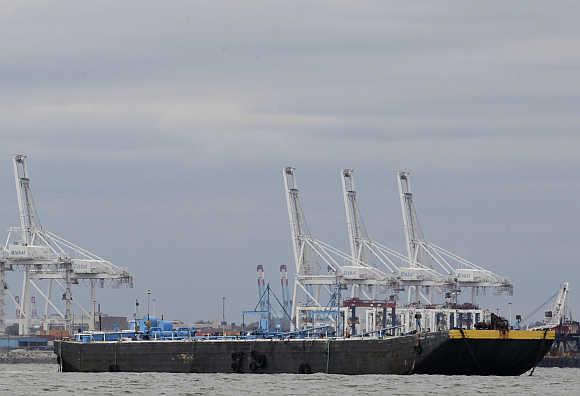


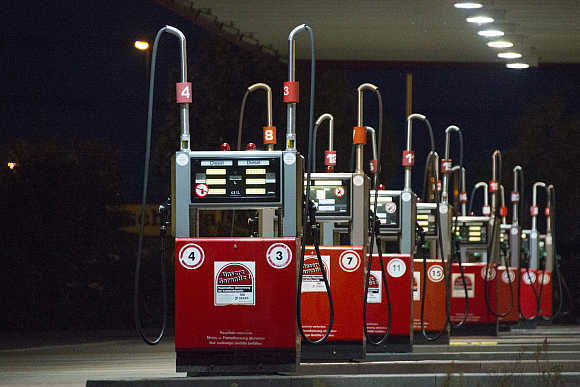
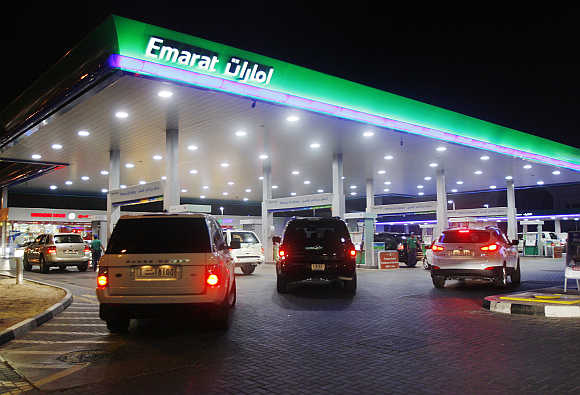
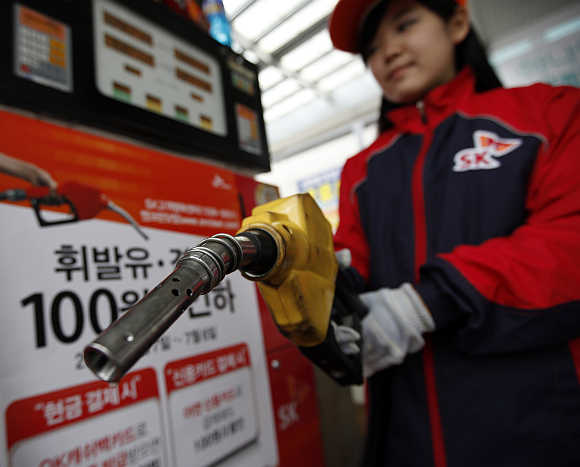

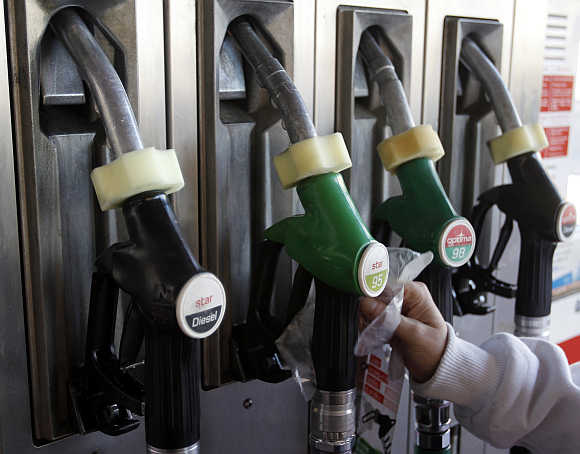
article